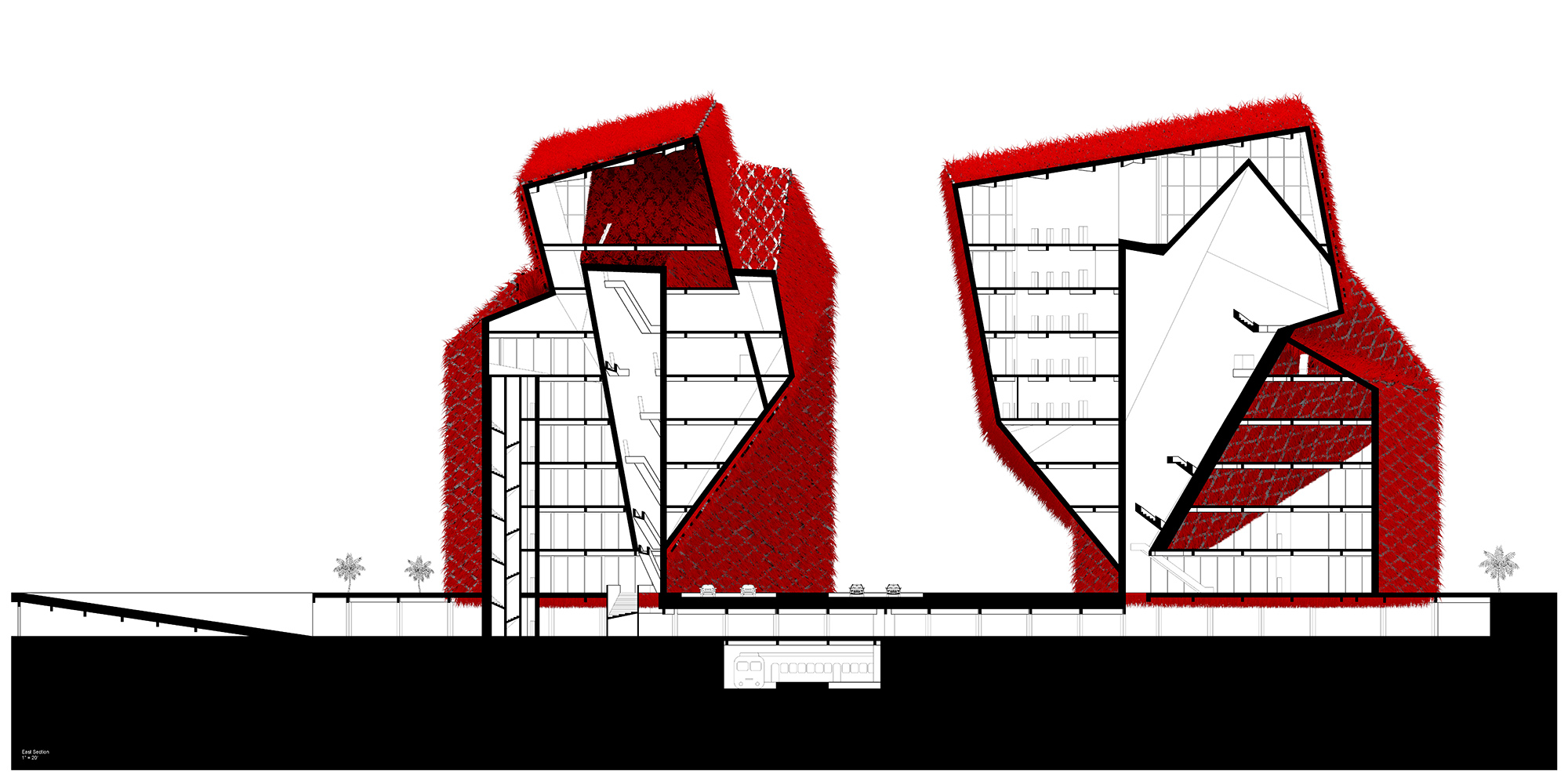Mallory Rabeneck
I Haven't Looked at Clouds That Way
From third-year graduate research studio I Haven't Looked at Clouds That Way.
Faculty: Andrew Zago
About the studio:
In virtually the entire history of architecture, across centuries and cultures, buildings have conformed, more or less, to the logic of construction systems and the pull of gravity resulting in buildings with square corners, vertical walls, and flat floors built of relatively stable and durable materials. These traits have been abstracted into general theories of architecture in which a quasi-moralistic value has been ascribed to clear tectonic expression and material authenticity. The last third of the twentieth century saw architecture that defied these ambitions and overturned these theories. Today there is, within architecture, a sophisticated but reactionary return to the previous ambitions of formal rectitude. This research seminar and studio recognizes and shares the anxious desire for that return but rejects the disciplinary amnesia it entails. In the return, the work incorporates the unreasonable features of doubt in the search for a new ur-form condition.
About the project:
The project proposes an alternative museum extension to Peter Zumthor’s new building at the Los Angeles County Museum of Art campus. The proposed museum are twin buildings that mirror each other. From the exterior, the buildings interact through the façade treatment and by folding over the Wilshire Boulevard. The facade weaves together expanded metal and red fibers. The hard materiality of the metal is angular; however, the soft fibers change the sharp edges of the geometry. From the interior, the buildings interact through an underground plaza and the facade continuing underground. Each building folds in on itself to create voids in the interior and exterior between the buildings. The facade folds into the interior, revealing surfaces of fiber. The buildings offer an alternative to the traditional museum model through the connecting circulation, dynamic form, and materiality and tectonic assembly of the facade.
Winner of the 2022 Alumni Choice Award for a Graduating Student





